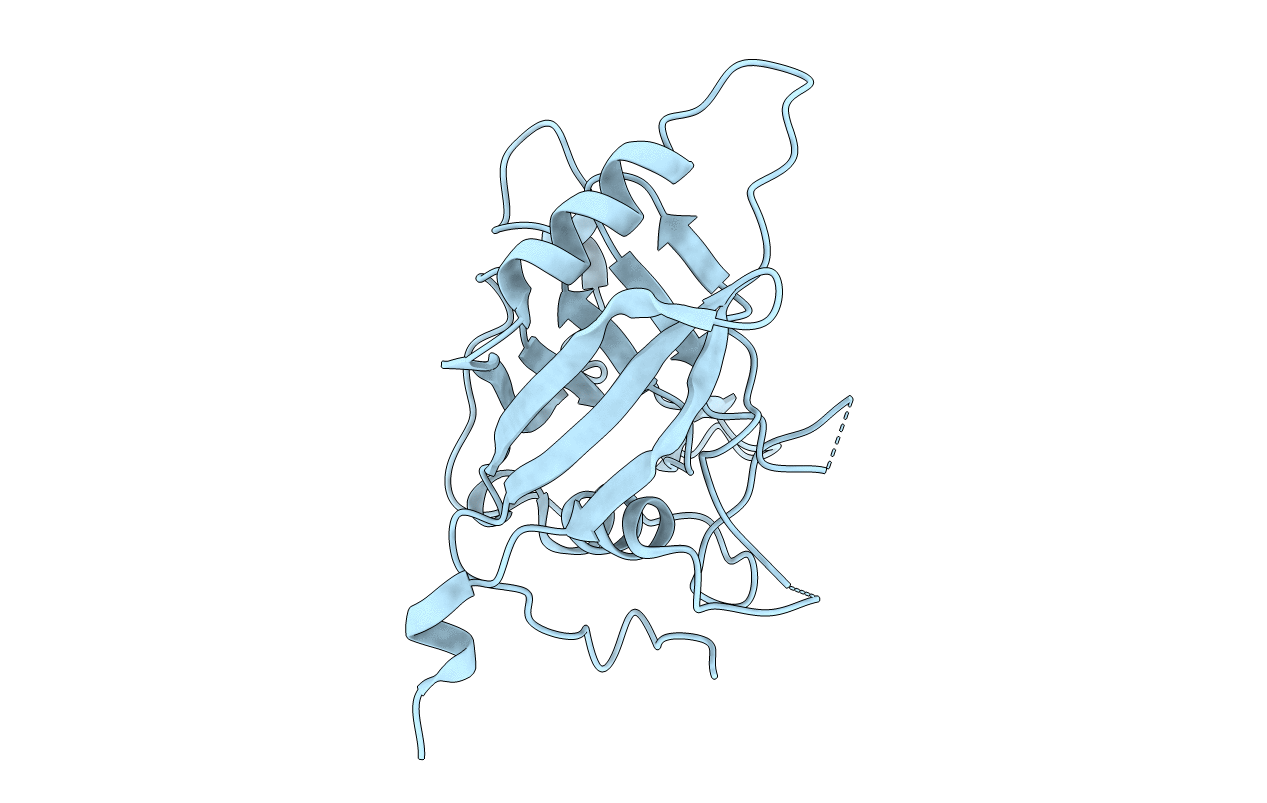
Deposition Date
2007-02-05
Release Date
2007-12-18
Last Version Date
2023-08-30
Entry Detail
Biological Source:
Host Organism:
Method Details:
Experimental Method:
Resolution:
2.04 Å
R-Value Free:
0.25
R-Value Work:
0.21
R-Value Observed:
0.21
Space Group:
P 21 3


